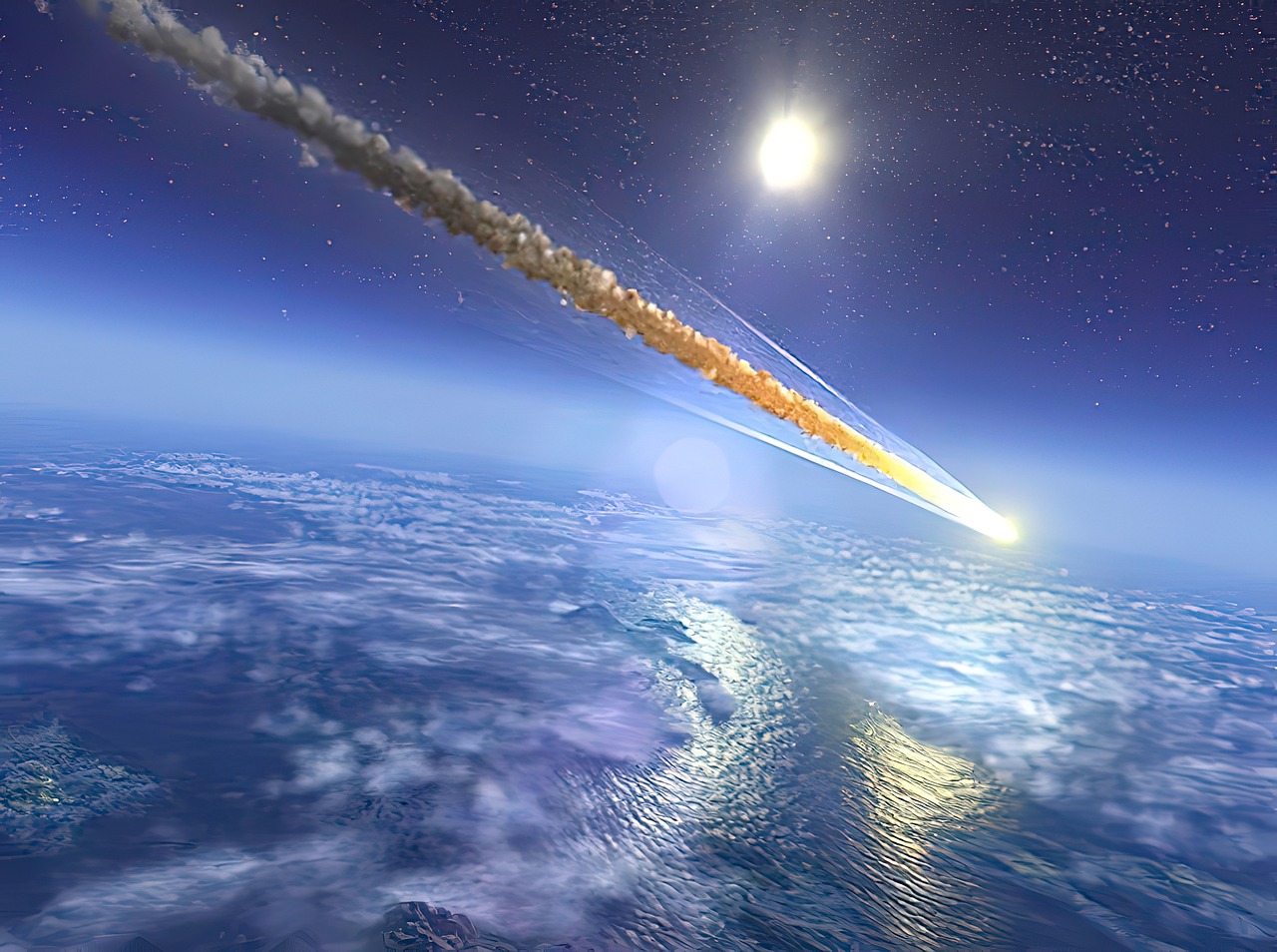Meteorites are interesting objects that have held the attention of humans for ages, and they continue to do so. These rocks that came from space have the potential to teach us important lessons about how our solar system was formed and how it has developed through time. In this piece, we will delve into the fascinating world of meteorites, investigating what exactly they are, where they come from, and what we may glean from studying them.
What exactly is a meteorite, then?
A meteorite is a solid fragment of space debris that has survived its journey through the Earth’s atmosphere and has subsequently landed on the surface of the planet. Most meteorites originate from comets or asteroids. The vast majority of meteorites are quite small, ranging in size from minuscule grains to a few meters in diameter. They are made up of a variety of materials, including rock, metal, and even organic molecules in certain cases.
On the basis of their chemical make-up and internal structure, meteorites are divided into three primary categories: stony meteorites, iron meteorites, and stony-iron meteorites. Stone-like meteorites are the most typical, and they make up around 94% of all meteorite falls. They are made up of silicate minerals, which are very much like those that may be found on Earth. Iron meteorites, on the other hand, are primarily made up of iron and nickel, and they typically have the appearance of being made of metal. The stony-iron meteorite group is an extremely uncommon type of meteorite that is made up of a combination of silicate minerals and iron-nickel alloys.
Where do Meteorites Come From?
Meteorites originate from a diverse range of locations across the solar system. The vast majority come from the region between Mars and Jupiter known as the asteroid belt, which is comprised of millions of tiny stony things that orbit the sun. The collision of two asteroids causes debris to be thrown into space. Some of this debris may later cross the orbit of the Earth and become a meteorite when it reaches the Earth’s atmosphere. When comets travel close to the Sun and shed material, this can result in the creation of meteorites. Comets are thought to have originated in the outer reaches of the Solar System.
What Do We Have to Gain from Studying Meteorites?
Meteorites are extremely useful to scientists because they offer a one-of-a-kind and, for the most part, untainted look into the beginnings of our solar system as well as its subsequent development. Scientists are able to get insight into the conditions that prevailed at the time meteorites were formed as well as their development over the course of time by analyzing the composition and structure of meteorites.
For instance, stony meteorites are known to include chondrules, which are tiny spherical granules that are thought to have originated in the early stages of the Solar System and to represent the fundamental constituents of planets. Scientists are able to get insight into the conditions and processes that were present in the early Solar System by analyzing the chemical and isotopic makeup of these chondrules.
Iron meteorites, on the other hand, can shed light on the processes that led to the genesis of asteroids and their subsequent differentiation. They are thought to be the relics of the centers of smaller planetary bodies that were obliterated in collisions and were not able to survive. Scientists are able to learn about the events that led to the formation of these cores and the evolution of these small bodies by analyzing the chemical composition of iron meteorites as well as the structures of these rocks.
Conclusion
Meteorites are intriguing things that give us important information on the beginning and development of our solar system. Scientists are able to get insight into the conditions that prevailed at the time these rocks were produced as well as how they have developed over the course of time through the process of examining the composition and structure of these rocks as observed from space. Our knowledge of meteorites, and the complicated and ever-changing history of our solar system, both increase in tandem as new information is uncovered.
![]()
